Paphos as a UNESCO world heritage site has many important cultural spots. Some of them include The Tombs of The Kings and archeological site Nea Pafos including the famous Paphos mosaics which will be the main subject of this article.

When you come to Paphos you soon realise that it is a place that has been under several different influences. Greeks, Romans, Crusaders, and Byzantines had left their mark on Paphos architecture, traditions, and art. Nowadays the place is home not only to Greeks or Turks but also to many foreigners mostly of British or Russian origin. The city appears to remain a magnet for new residents and businesses alike, fostering an environment of openness and opportunity.
Nea Pafos with remarkable Paphos mosaics offers a little glimpse into old forgotten eras of the 4th century BC when Paphos was part of the Ptolemaic kingdom.
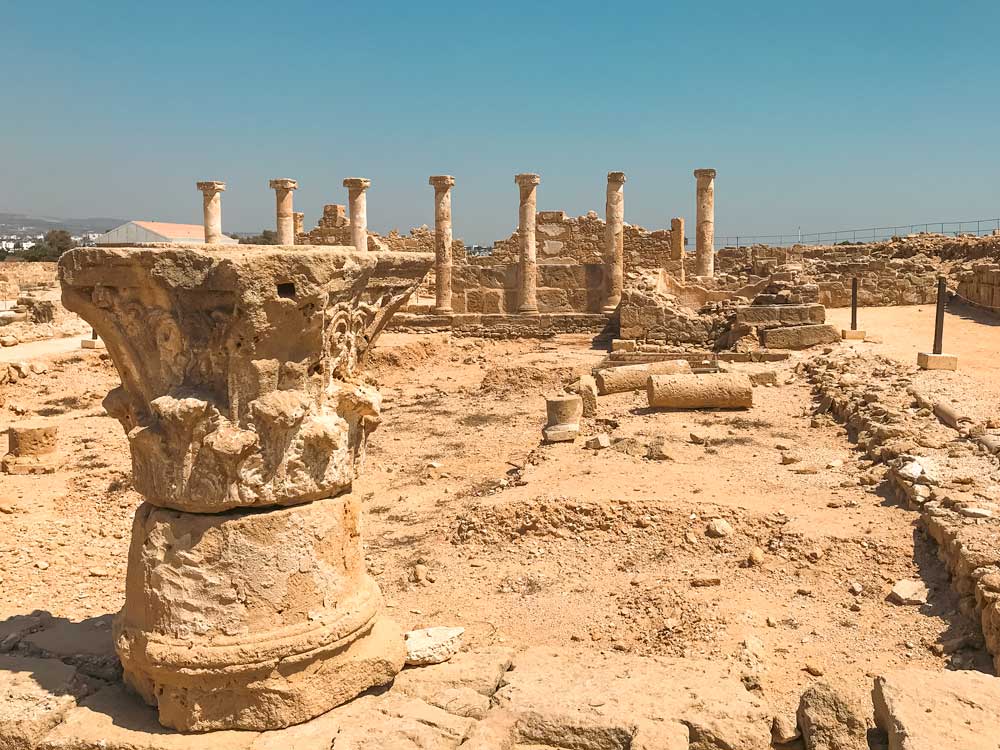
The majority of the archeological works started in 1962 while attracting many researchers from around the world.
The site is open daily from 8.30 am until 5 pm in winter and 7.30 in summer. The admission fee is 4.50 EUR.
House of Aion
The journey inside the site starts with the House of Aion, or the God of Eternity, where you will find a beautiful floor with a mosaic. Some of its parts depict mythological themes and God, for example, Dionysos, Leda and the Swan, Cassiopeia and the Nereids, The Triumph of Dionysos, or Apollon.
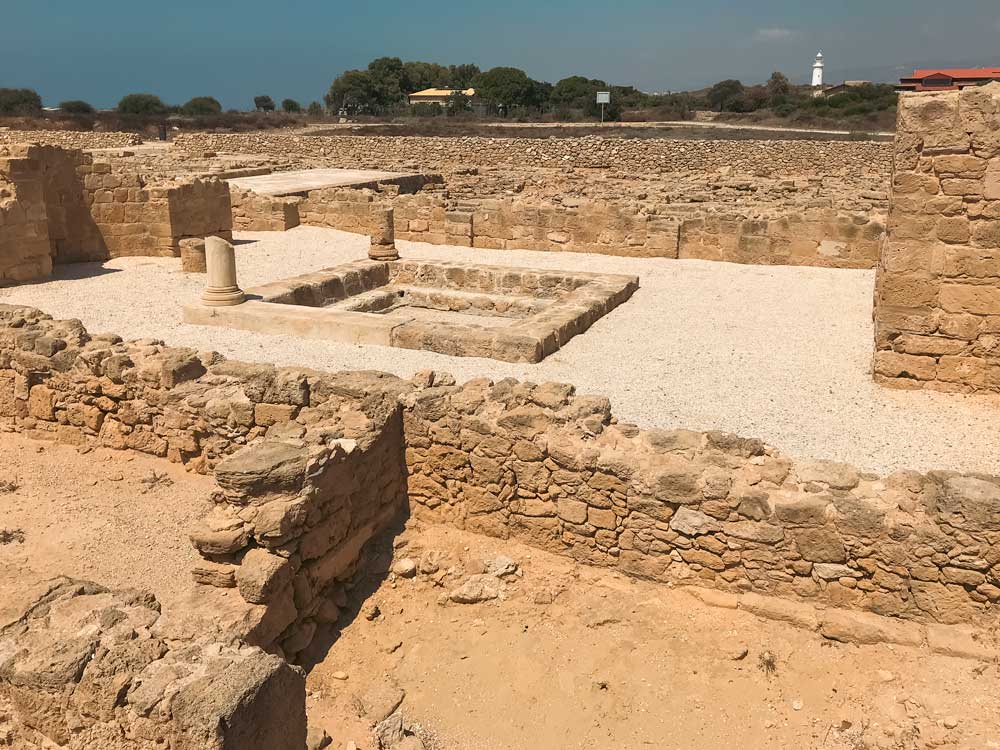
House of Theseus
Next, you can continue with the early Roman house, or the House, or Villa of Theseus. Formerly it was occupied by Hellenistic and Roma people and built on ruins of their houses. The place houses notable Paphos mosaics including the oldest where Theseus is fighting a minotaur in the labyrinth. The villa consists of 100 rooms many are covered with mosaics with geometric motifs. Some newer mosaics are dedicated to Poseidon and Amphitrite or Achilles’ first bath.
House of Orpheus
Next House on the way belongs to Orpheus. The house has a peristyle atrium with many rooms. Certain rooms come with mosaics like the one with Hercules, the Lion of Nemea, and the Amazon. The most prominent mosaic depicts Orpheus playing the lyre while many beasts are hanging around him.
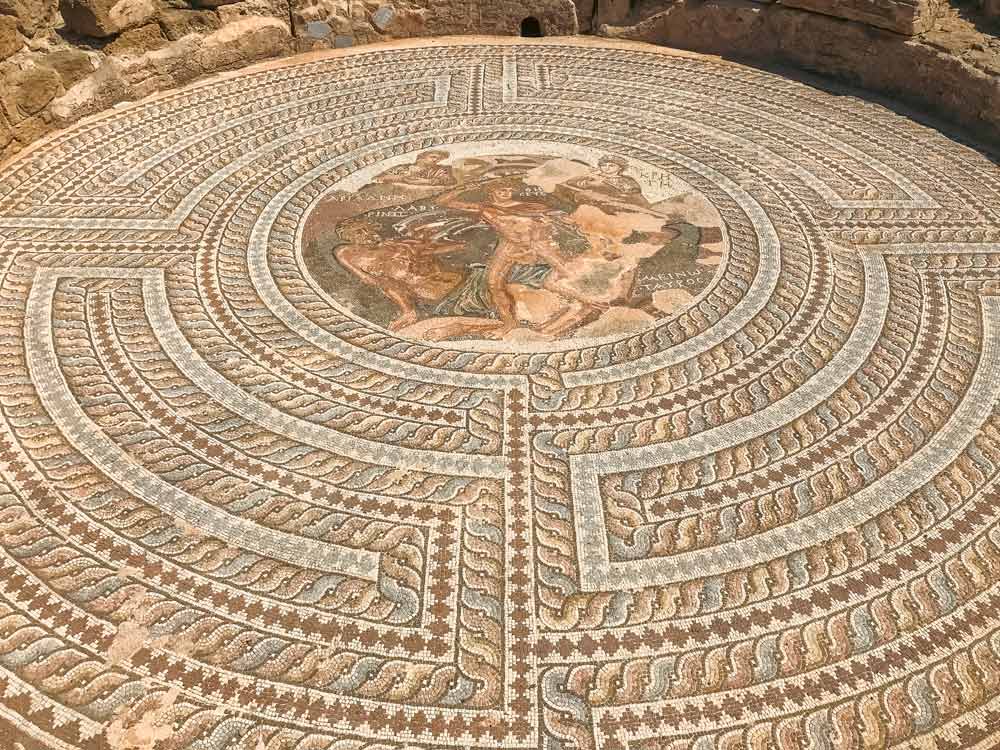
Nearby lies The Mosaics of the House of the Four Seasons reflectins upon the Roman lifestyle with its courtyards and rooms. As the name suggests its mosaics depict four seasons – Spring, Summer, Autumn, and Winter.
House of Dionysos
The House of Dionysos, a grand Greco-Roman structure, sprawls across an area of 2000 square meters, with 556 square meters adorned by captivating mosaics. These intricate artworks predominantly depict mythological tales and hunting scenes. Notable among them are depictions such as the triumphant exploits of Dionysos, Dionysos with Akme, Ikarios and the shepherds, Poseidon alongside Amymone, and the enchanting metamorphosis of Daphne, among others.
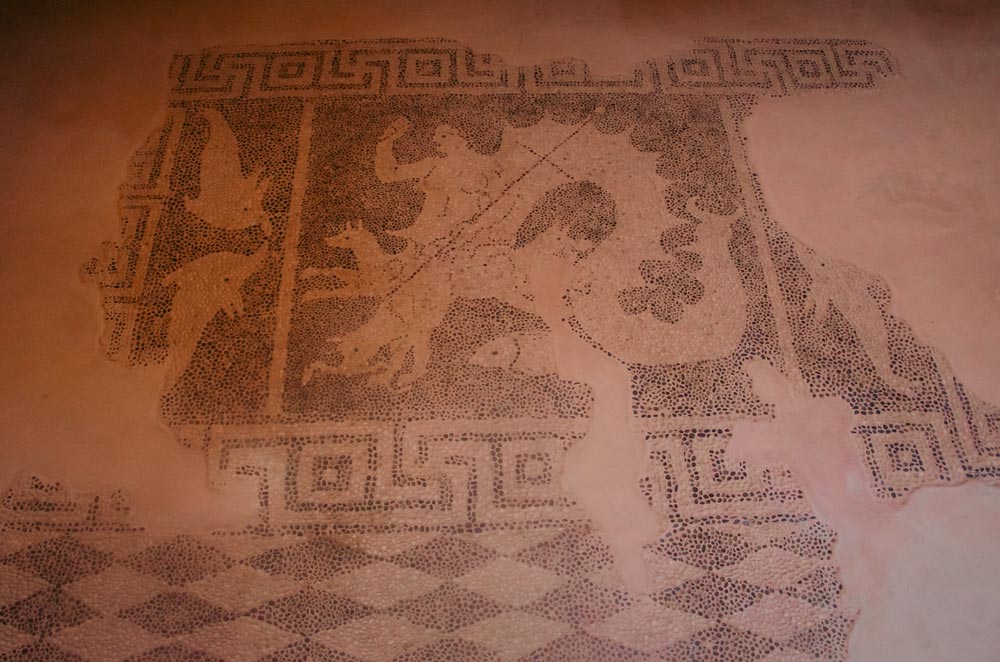
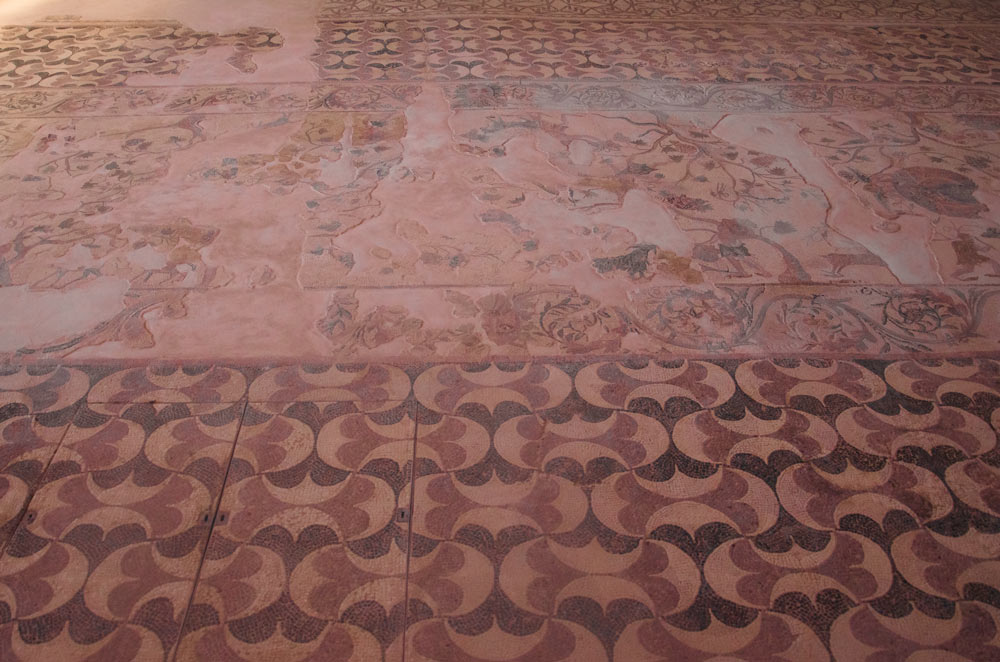
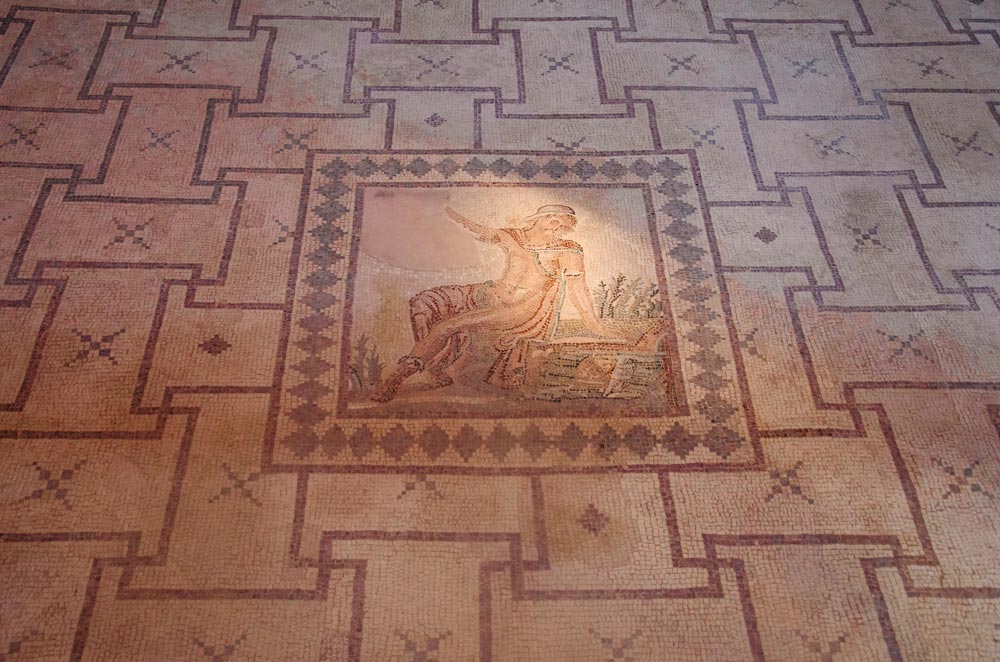
Nearby the house is a resting point and some smaller houses like Early Christian House, or the Rock-cut Temple Podium.
Forty Columns Fortress
Forty Columns Fortress with Saranda Kolones Castle, a medieval fortress, lies in the east part near Harbour station. The castle is from 1200 AD. It used to have a square yard with four towers with a massive 3-meter external wall. There was also a wooden bridge connecting it with the surroundings.
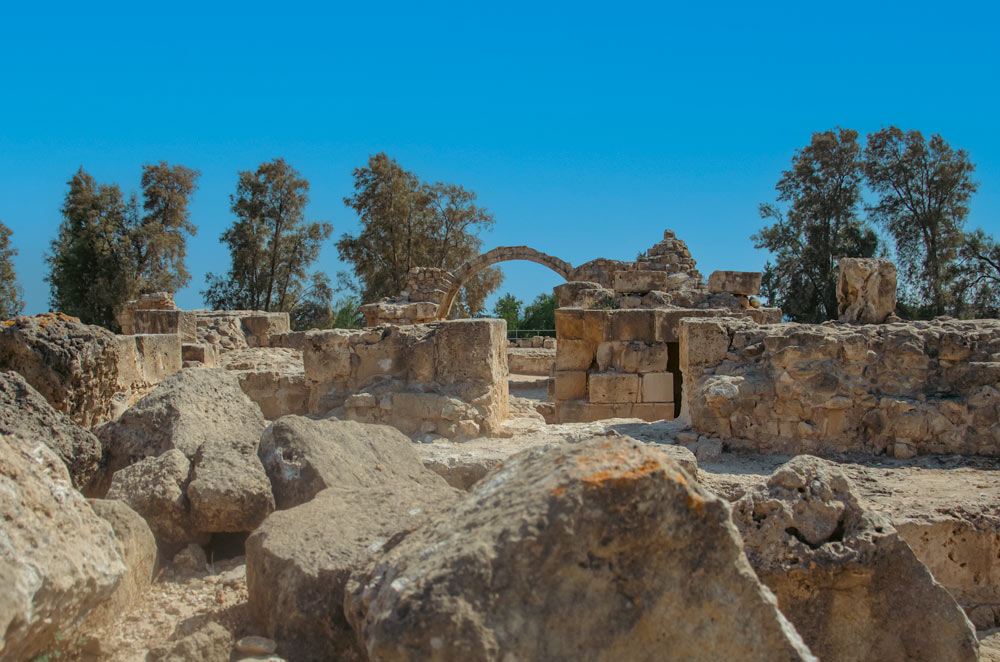
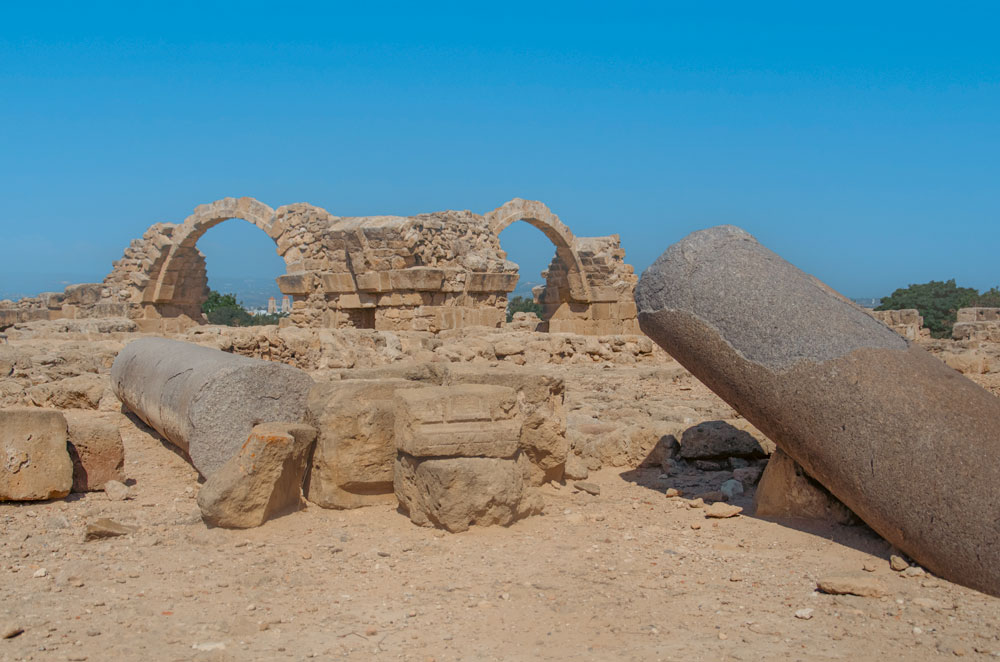
Basilica of Chrysopolitissa
A little further to east gate lies the Basilica of Chrysopolitissa, constructed in the 4th century AD. Its floors boast rich geometric mosaics. The basilica underwent destruction, leading to the construction of a new Byzantine church, followed by a second one which remains standing to this day, serving the Anglican community.
The site is quite spacious with many resting points where it is possible to buy some drinks from the vending machine. Some of the houses provide shelter, offering a refuge from the direct sun on hot summer days. Additionally, you may encounter an adorable local cat that will roam around the ancient ruins with you.

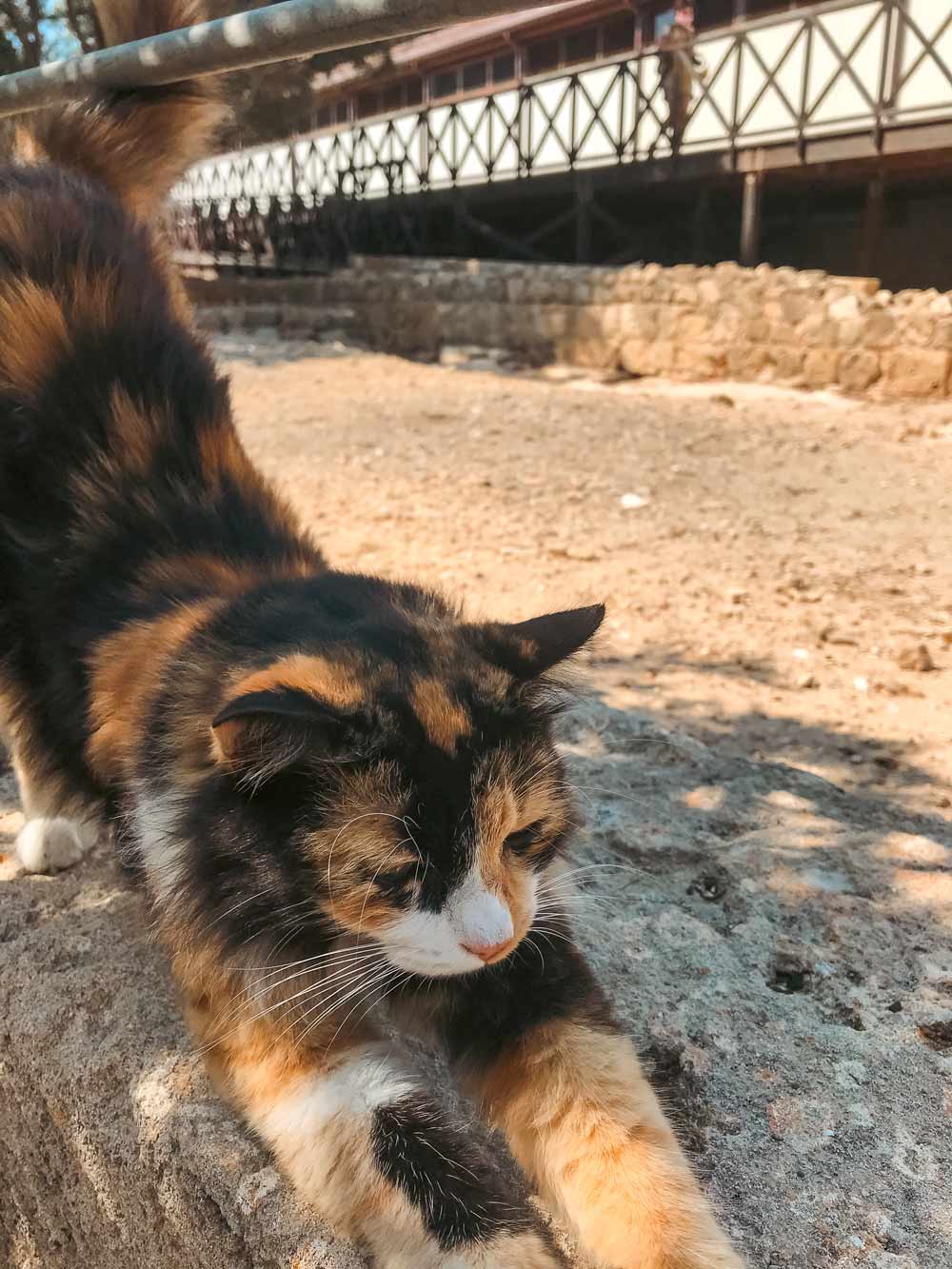
Further north is the more isolated and less crowded area where you will find the Lighthouse, Roman Odeon, Agora, and the Asklepieion.
Northern points of interest
The Asklepieion is a temple dedicated to the god of medicine with many rooms and courtyards.
The Odeon lies near the lighthouse and is made of pure limestone. It has 12 rows of seats and even today it is in use. Many live or music performances are hosted here. When heading or looking towards the lighthouse you may notice a small cave entrance in stones.
In front of the Odeon lies the preserved foundations of the Agora which used to have a court with four porticos.

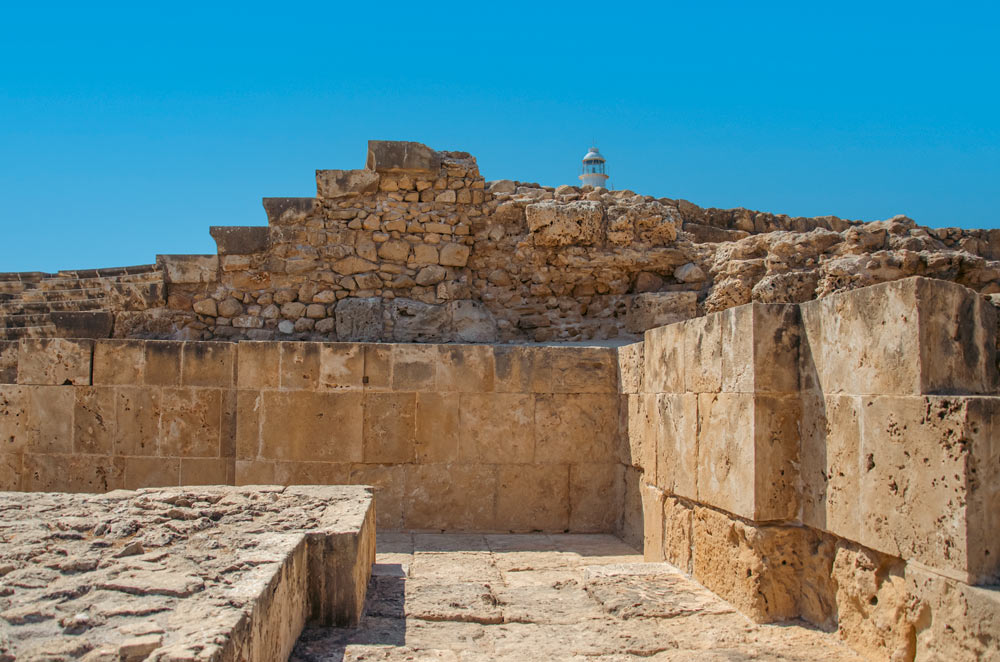
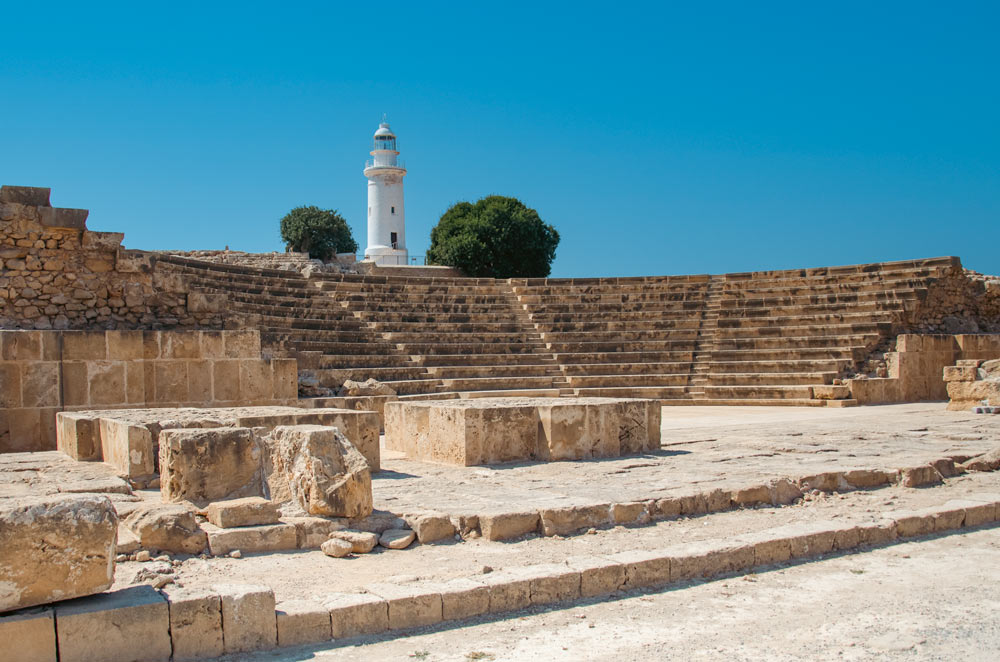
If you are interested in archaeology, you can explore another important site, The Tombs of the Kings, located just a little bit north from Nea Pafos. Ancient Kourion is another must-see place for ancient history lovers, although it is situated in the nearby district of the town of Limassol.
Sources:
cyprusisland.net
culture.gov.cy